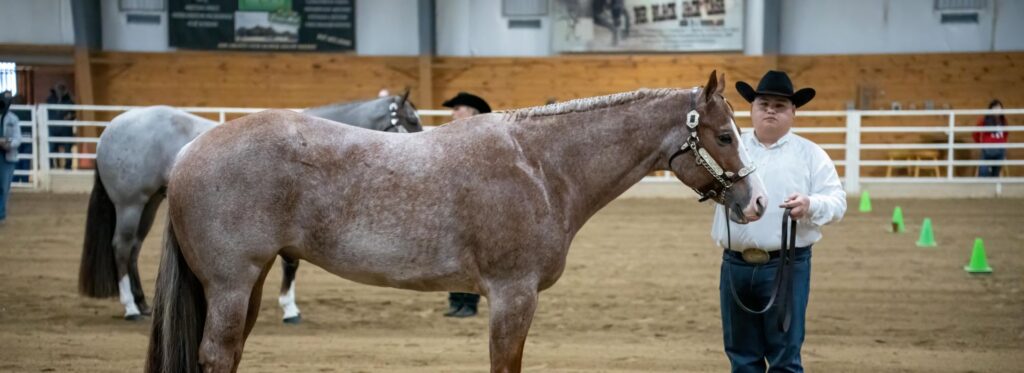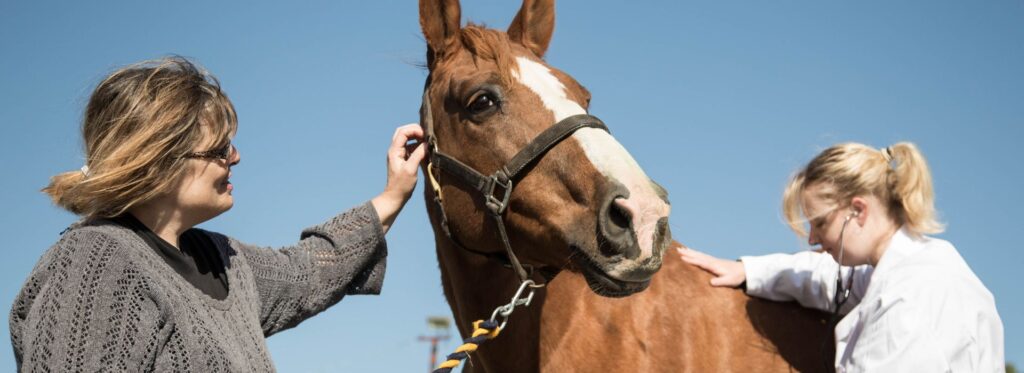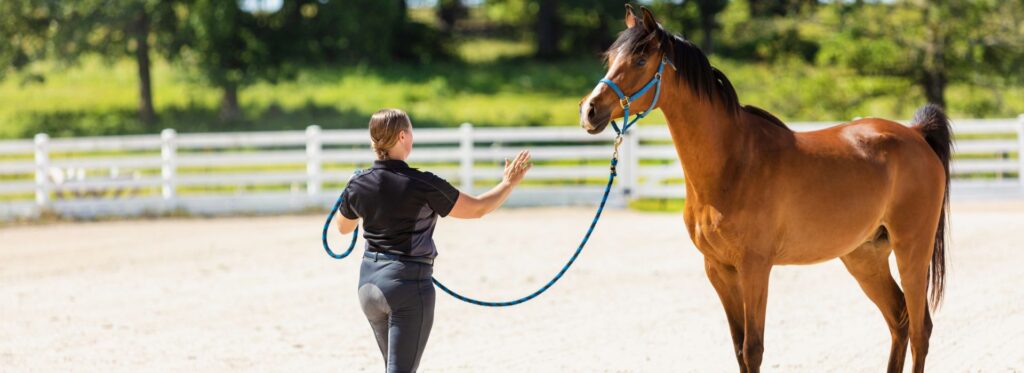So, you found a horse online. The photos look great. The price seems fair—maybe even too good. The seller says it’s “bombproof, trail safe, kid-friendly,” and ready to go.
Sounds like a dream, right?
Well… not so fast.
Scams are everywhere in the horse world now—especially online. Facebook groups, Craigslist, and even sale sites can be full of fake ads. Good people get tricked every day. Some lose money. Others show up to meet a horse that doesn’t even exist.
Let’s help you avoid that.
Here are 7 red flags to watch for when buying a horse online.
1. The Price Is Way Too Low
Let’s be real—if someone is selling a trained, sound, registered horse for $1,200, something’s off.
Sure, there are deals out there. But most well-trained horses go for $3,000 to $8,000 or more. If the price seems too good to be true… it probably is.
Ask yourself:
“Would I sell that kind of horse for that price?”
Not sure if the price is fair?
Use the Horse Price Calculator to get a realistic range for the horse’s breed, training, age, and location. It’ll give you a number based on real market data—not just a gut feeling.
2. The Seller Wants a Deposit… Fast
Scammers often say something like:
“I have lots of interest. First person to send a deposit gets the horse.”
They’ll push you to send money before asking questions or seeing the horse. Sometimes, they’ll even offer to ship it without you meeting it.
Don’t fall for it.
A real seller will give you time to come see the horse, or at least talk with you. And they’ll be willing to take a deposit after you’ve had a proper conversation.
3. No Custom Video or Ride Footage
A real seller can send fresh video.
A scammer will send pre-recorded or stolen clips—or none at all.
Ask for a video of the horse being led, ridden, or caught in the pasture. Better yet, ask for a short clip holding today’s date written on paper.
Still unsure? Ask for a FaceTime or video call.
If they can’t show you the horse live, it’s likely they don’t have one.
4. Messages Are Weird or Vague
Watch how they talk to you.
Red flags include:
-
Strange grammar
-
Overly short answers
-
Not answering your questions
-
Phrases like “Good horse. Ready now. Send payment fast.”
If it feels like they’re dodging you, they probably are. A real seller will gladly answer details about the horse’s age, training, health, and history.
Gut check time:
Does this person sound like someone who knows horses?
5. They Avoid Phone Calls
Many scammers will only message you.
They don’t want to talk on the phone. They’ll say:
“I’m too busy to talk.”
“Better to message only.”
“I have poor signal here.”
That’s a huge red flag.
If they really have the horse, why wouldn’t they talk to you?
Ask to call and have a quick conversation. If they refuse or ghost you… walk away.
6. Photos Look Too Good—or Seem Recycled
Some scammers steal horse photos from other sellers or websites.
They repost the images and claim the horse is theirs.
Want to check?
Run the photos through a reverse image search (like Google Images). If that same photo shows up on five other listings from different states? That’s a scam.
Or ask the seller to send a custom photo—like the horse with a halter in their driveway, or a pic holding up today’s newspaper or a handwritten sign.
No new photo = no trust.
7. They Ask for Odd Payment Methods
Scammers often ask for:
-
Gift cards
-
CashApp, Venmo, or Zelle to random names
-
Wire transfers
-
“Shipping” fees to an unknown location
Never send money without verifying everything.
Use secure payment methods that offer protection—and never send funds to someone you haven’t spoken to.
If they won’t sign a simple sale contract or receipt? Don’t send a dime.
Bonus Tip: Trust Your Gut
Sometimes, the biggest red flag is just a feeling.
If it all seems a little too smooth… a little too cheap… or if they push you too hard to “act now”…
Step back. Ask more questions. Call someone you trust.
There are plenty of good horses out there. You don’t need to get burned on a fake one.
Want to go even deeper? The team at MyHorseForSale.com has a great article that covers even more horse sale scams—including fake locations, payment traps, and shady texting tactics. It’s a solid read if you’re browsing listings and want to stay one step ahead of scammers.
Final Thoughts
Buying a horse online can be safe—if you know what to look for.
To protect yourself:
-
Ask for videos and custom photos
-
Talk to the seller by phone
-
Use tools like HorsePriceCalc.com to verify the price
-
Never rush into sending money
-
And always listen to your gut
Your safety matters.
So does your money. Take your time, do your homework, and you’ll find a real horse—not a real headache.



